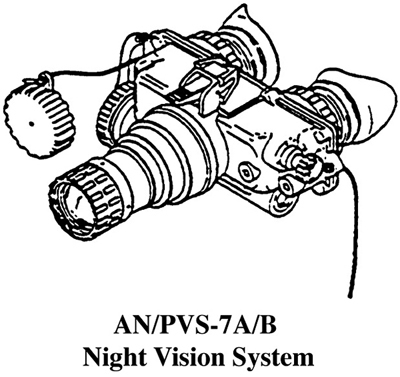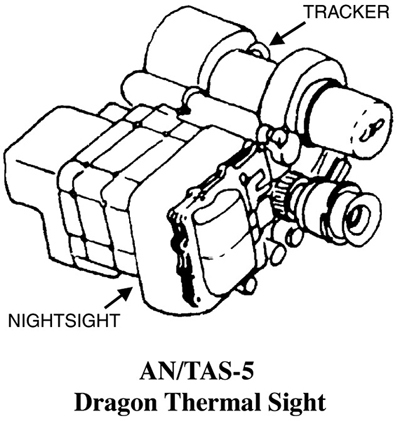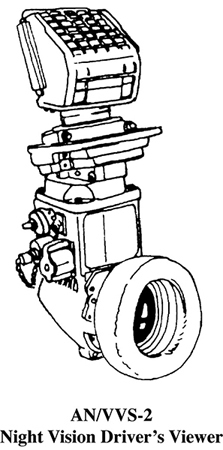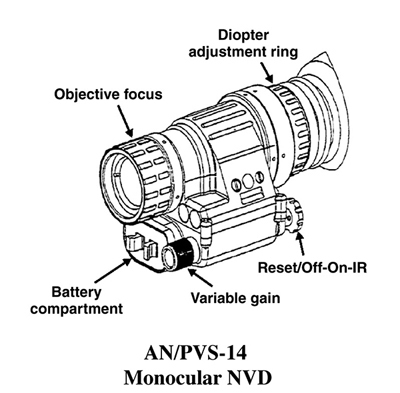SECURITY MEASURES
The enemy must not get information about your operations. This means that you and your fellow soldiers must do the following:
•Practice camouflage principles and techniques.
•Practice noise and light discipline.
•Practice field sanitation.
•Use proper radiotelephone procedures.
•Use the challenge and password properly.
•Refrain from taking personal letters or pictures into combat areas.
•Refrain from keeping diaries in combat areas.
•Be careful when discussing military affairs.
•Use only authorized codes.
•Abide by the Code of Conduct.
•Report any soldier or civilian who is believed to be serving or sympathetic with the enemy.
•Report anyone who tries to get information about US operations.
•Destroy all maps or important documents if capture is imminent.
SURVIVAL
Continuous operations and fast-moving battles increase your chances of becoming separated from your unit. Your mission is to rejoin your unit. Survival is the action of staying alive in the field with limited resources. You must survive when you become separated from your unit, are evading the enemy, or are a prisoner.
Evasion
Evasion is the action you take to stay out of the hands of the enemy. Your best chance of success is when the escape and evasion (E&E) is preplanned. The planning of E&E is similar to that of an operations order and takes care and time to do properly. This may not be available to the small unit operating in a theater of combat, however. Properly following the coordination checklist will give you the knowledge you will need in order to know where closest friendly forces are and how to link up with them. There are several courses of action you may take:
•Stay in your current position and wait for friendly troops to find you. This may be a good course of action if you are sure that friendly troops will continue to operate in the area, and if there are a lot of enemy units in the area.
•Break out to a friendly area. This may be a good course of action if you know where a friendly area is, and if the enemy is widely dispersed.
•Move farther into enemy territory to temporarily conduct guerrilla-type operations. This is a short-term course of action to be taken only when other courses of action are not feasible. This may be a good course of action when the enemy area is known to be lightly held or when there is a good chance of linking up with friendly guerrillas.
•Combine two or more of the above. For example, you may stay in your current area until the enemy moves out of the area and then break out to a friendly area.
Enemy
There may be times when you will have to kill, stun, or capture an enemy soldier without alerting other enemy in the area. At such times, a rifle or pistol makes too much noise; you will need a silent weapon, such as the bayonet, the garotte (a choke wire or cord with handles), or an improvised club.
RESISTANCE
The Code of Conduct (found at the front of this book) is an expression of the ideals and principles that traditionally have guided and strengthened American servicemembers. It prescribes the manner in which every soldier of the US Armed Forces must conduct himself when captured or faced with the possibility of capture. You should never surrender of your own free will. Likewise, a leader should never surrender the soldiers under his command while they still have the means to resist. If captured, you must continue to resist in every way you can, remembering the following:
•Make every effort to escape and to help others to escape.
•Do not accept special favors from the enemy.
•Do not give your word not to escape.
•Do nothing that will harm a fellow prisoner.
•Give no information except name, rank, social security number, and date of birth.
•Do not answer any questions other than those concerning your name, rank, social security number, and date of birth.
ESCAPE
Escape is the action you take to get away from the enemy if you are captured. The best time for you to escape is right after you are captured. You will probably be in your best physical condition at that time. The following are other reasons for making an early escape:
•Friendly fire or air strikes may cause enough confusion and disorder to provide a chance of escape.
•The first guards you have probably will not be as well trained as guards farther back.
•Some of the first guards may be walking wounded who are distracted by their own condition.
•You know something about the area where you are captured and may know the location of nearby friendly units.
The way you escape depends on what you can think of to fit the situation. The only general rules are to escape early and escape when the enemy is distracted.
Once you escape, it may not be easy to contact friendly troops, even when you know where they are. You should contact a friendly unit as you would if you were a member of a lost patrol. Time your movement so that you pass through enemy units at night and arrive at a friendly unit at dawn. A good way to make contact is to find a ditch or shallow hole to hide in where you have cover from both friendly and enemy fire. At dawn, attract the attention of the friendly unit by an action such as waving a white cloth, shouting, or showing a panel. When the friendly unit has been alerted, shout who you are and what your situation is, and ask for permission to move toward the unit.
NIGHT VISION GOGGLES
Units that train individuals in the use of night vision goggles (NVGs) gain an incredible advantage that will allow them to dominate night operations, especially against a lesser-equipped enemy. From the 1960s until recently, the military has gone from Generation I to the very sophisticated Generation IV NVGs. The newer Generation IVs see farther under equal light conditions, provide a clearer picture with greater detail, and make sighting more precise. Some of the older and newer reconnaissance, surveillance, and target acquisition (RSTA) devices or NVGs available today include the following.
AN/PVS-7A and AN/PVS-7B Night Vision Systems
The AN/PVS-7A and AN/PVS-7B are self-contained night vision systems worn on the head (harnesses differ slightly) or handheld. They provide improved night vision capabilities using available light from the sky and moon. The goggles enable the user to perform normal tasks such as reading, walking, driving, or surveillance during times of darkness. The goggles may be used with or without the standard battle helmet and provide capabilities for all infantry tasks. The 7B version has some improvements over the 7A version. For example, the 7B version has an effective range of 300 meters under optimal conditions while the 7A version has an effective range of 100 meters.
AN/TAS-5 Dragon Thermal Night Vision Sight
This is a passive thermal imagery system with a range of 1,200 meters.




AN/VVS-2 Night Vision Driver’S Viewer
This image-intensification device is mounted in the Bradley driver’s station and has a range in excess of 150 meters. It can observe rounds fired from the 25mm gun and the 7.62mm coaxial machine gun out to greater ranges.
AN/PVS-14 Monocular NVG
The AN/PVS-14 is either a handheld, helmet-mounted, head-mounted, or weapon-mounted night vision device (NVD) that enables walking, driving, weapon firing, short-range surveillance, map reading, vehicle maintenance, or administering first aid in moonlight and starlight. Each unit allows for vertical adjustment (using head straps), fore and aft adjustment, objective lens focus, and eyepiece focus.